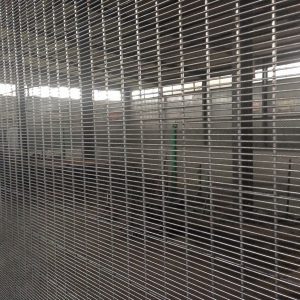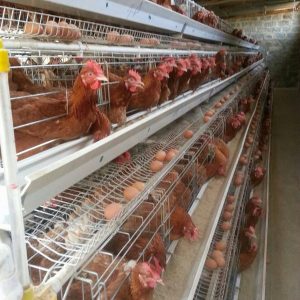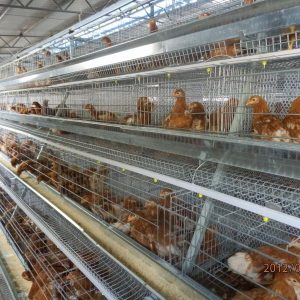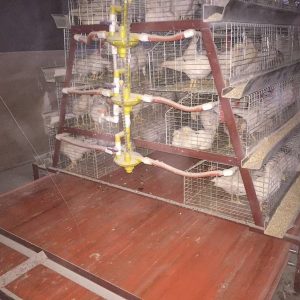
What are the chicken manure treatment measures for chicken farms?
How to deal with chicken manure in large chicken farms? Under the high pressure of environmental protection, the inadequate treatment of chicken manure will directly affect the survival problems of chicken farms. At the same time, the treatment of chicken manure is not only related to the survival of the chicken farm, but also related to the health of the entire chicken. So how to deal with chicken manure in chicken farms to be environmentally friendly and economical? What are the measures for chicken manure treatment in chicken farms?
Direct feeding method
Fresh pure chicken manure can be directly fed to pigs and fish, and can be added according to different chicken manure containing different active ingredients during feeding. For example, young chicken manure contains high crude protein and can be used as concentrate feed. More, pay attention when adding. When feeding pigs, fresh pure chicken manure is added directly to the daily feed grain at a rate of 15%. On average, one pig can consume the feces of about 8 10 adult chickens. When feeding fish, add directly to the fish pond.
Compost fermentation
Chicken manure fermented by compost is a good fertilizer for grapes, watermelons, fruit trees and vegetables. Choose a place with good ventilation and high terrain. It is best to stay away from the residential area and the downwind of the chicken house more than 500 meters. The cleaned chicken manure with litter is piled up and closed with mud. Generally about 10 days in summer and about 2 months in winter.
silage ammoniation method
Fresh pure chicken manure can be used as feed after silage, feeding cattle, sheep, and some can also be fed to pigs. Fresh pure chicken manure is mixed with chopped forage grass, fruit and vegetable waste, or potatoes, sweet potato seedlings, grains, etc. for silage, and silage with non-legume forage grass is best. During silage, keep water at 40%-75%, add corn and other cereals, and add appropriate amount of ammonium hydroxide to improve the digestibility and palatability of forage and chicken manure storage. After air-drying fresh chicken manure, silage in green corn at a rate of 30%, and then feeding beef cattle, is almost comparable to bean cake corn silage and has a high crude protein content.
Air-drying crushing method
Spread the fresh chicken manure in a plastic greenhouse to dry it, the thickness of the manure layer is less than 15 cm, stir it with a nail rake, and blow it with a high-speed blower. After the chicken manure is dried, it is crushed and processed into pellet feed, which can be fed to cattle, sheep, and poultry, and the general amount is not more than 20%.
Biogas fermentation method
Chicken manure is one of the raw materials for biogas fermentation, especially chicken manure with water, which can be used to make biogas. Establish small and medium-sized fermentation tanks, which can produce biogas after 10-20 days of fermentation. Biogas can be used for heating, and biogas residue can be used as bait or fertilizer.



